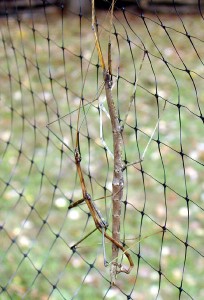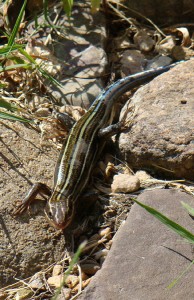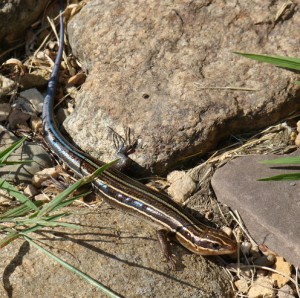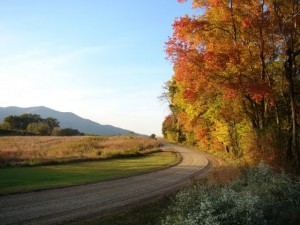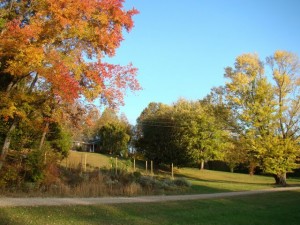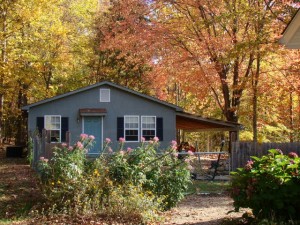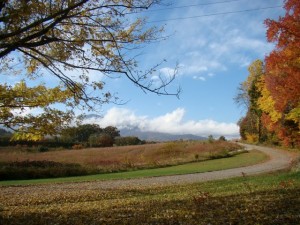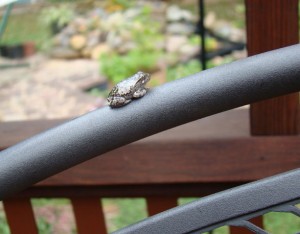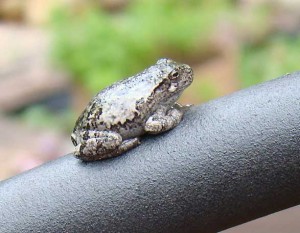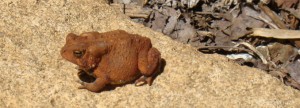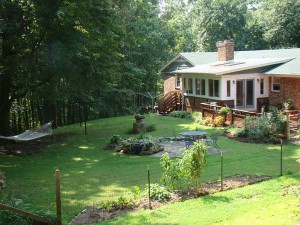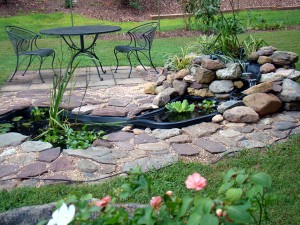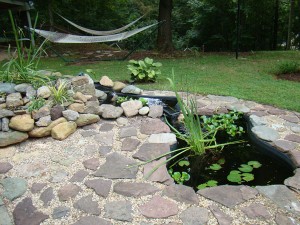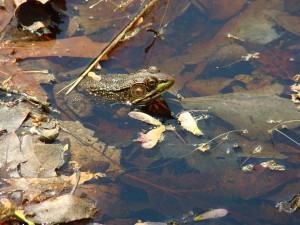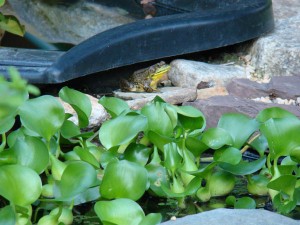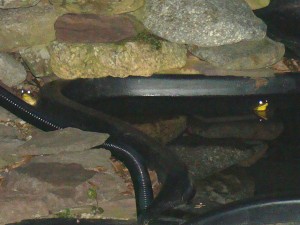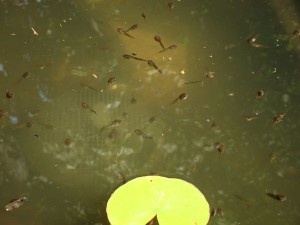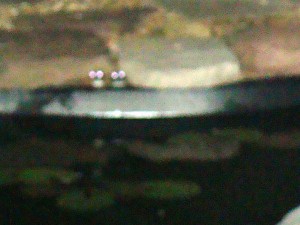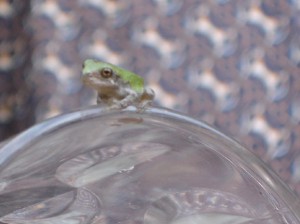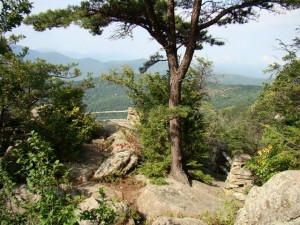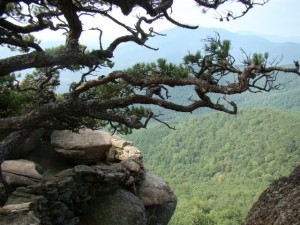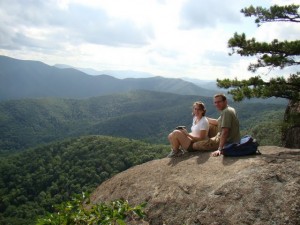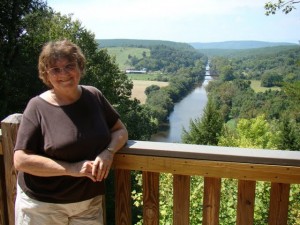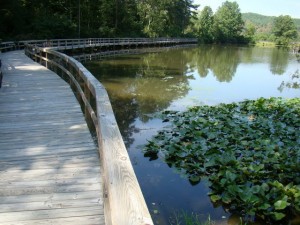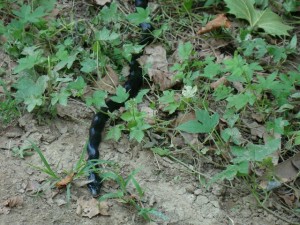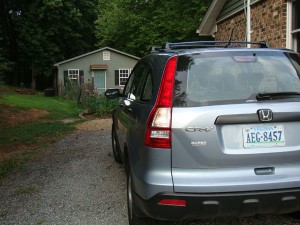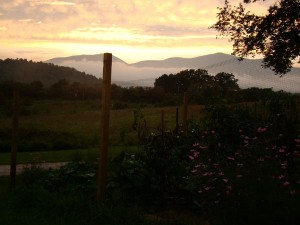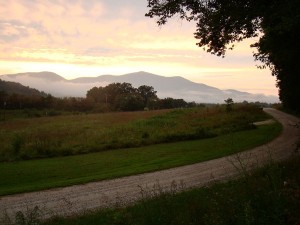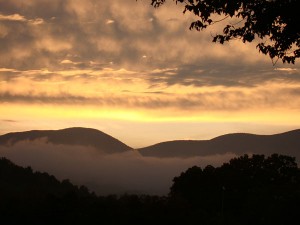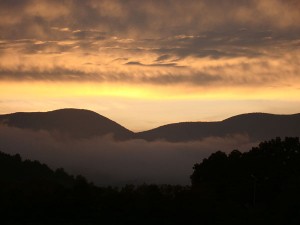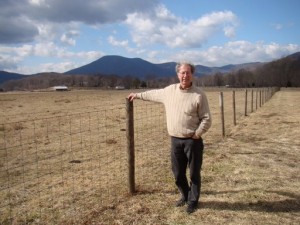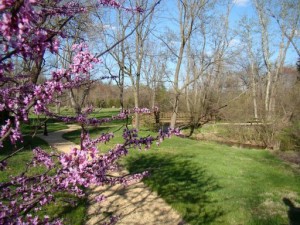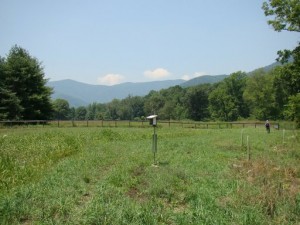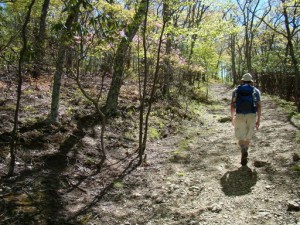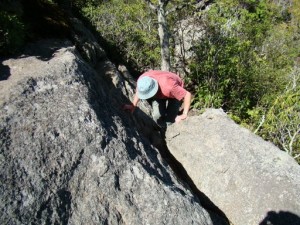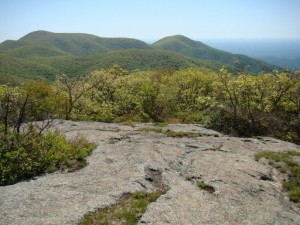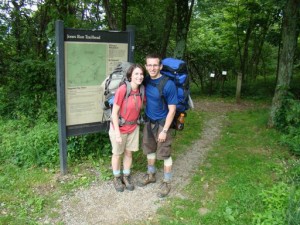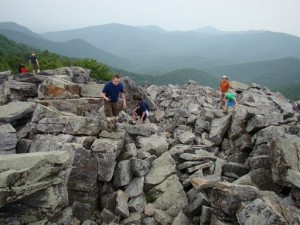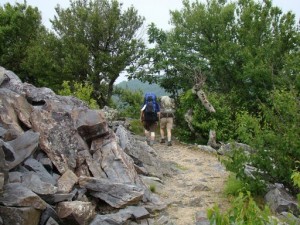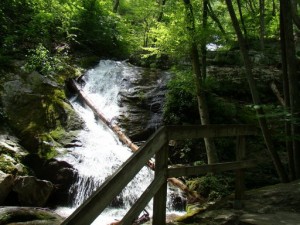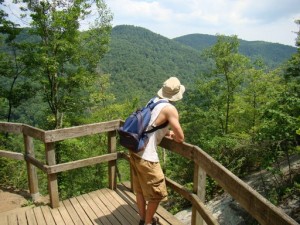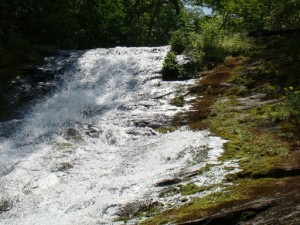Wed 4 Nov 2009
Of Walkingsticks and Skinks
Posted by Bob under Nature
No Comments
Having introduced some of the frogs and toads on our five acre property in previous posts, this post is about two other species that also feel like old friends. My sons and I used to be fascinated at the Insect Zoo of the Smithsonian Natural History Museum in Washington DC by insects generally known as stick bugs or walkingsticks (technically phasmids), which camouflage themselves by looking like sticks or leaves. We generally imagined these to be mostly tropical insects–which is indeed true–but we do appear to have several varieties here in Virginia. Click on the left picture to see the detail of two walking sticks (probably Giant Walkingsticks) mating on the deer netting around our vegetable garden (in contrast to many species, males in the phasmida order are generally considerably smaller than the females). Wild sex in the garden! A new twist on the botany of desire.
Skinks too recall fond memories–my sons and I used to see them at Sunfish Pond along the Appalachian Trail in northern New Jersey. Here we see five-lined skinks practically all the time around our house, pond, and potting shed. They are strikingly handsome creatures, often with deep blue tails, as in the pictures above taken by our little pond. One theory of the almost-neon tails is that they evolved to direct a predator’s attack to a part of the body that is readily severed and replaced.
Skinks are curious creatures, as the pictures taken by Monika below show: here a five-lined skink takes a quick look inside and finds the outdoors more to its liking! (For larger images, click on any image and then Slideshow.)
